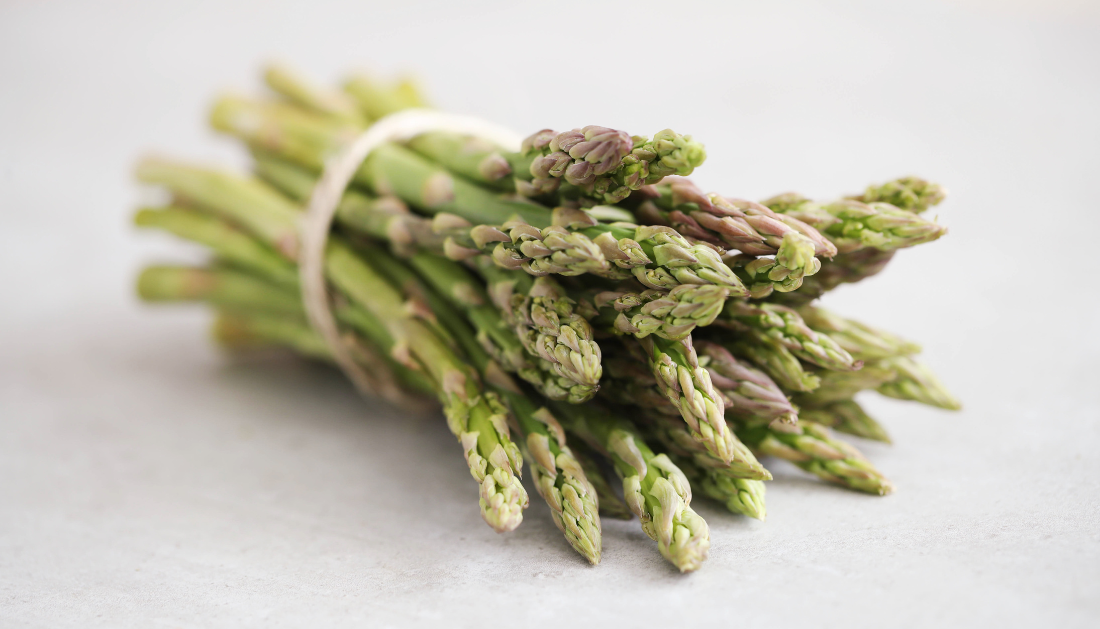

In a recent study published in the journal Foods, researchers analyzed saponin extracts from asparagus roots.
The cosmetics and food industries are increasingly looking at natural additions to replace synthetic chemicals. Food, cosmetics, and detergent manufacturers continue to employ synthetic emulsifiers. However, consumer knowledge of the threats to their health and the environment is growing. As a result, the hunt for natural chemicals has sparked significant interest.
Characteristics and Benefits of Saponins
Saponins are found in many plant-based diets and can produce foam when stirred in an aqueous media. Saponins are structurally composed of a triterpene or steroid core and a succession of sugar chains. Saponins are powerful foaming and emulsifying agents due to their amphiphilicity.
Saponins can also be used to treat fungal infections, obesity, hypocholesterolemia, hypertension, inflammation, and diabetes. Saponins’ bioactivity is determined by their chemical structure; therefore, alterations in the core or the number/length of sugar chains may modify the bioactivity. Saponins are found in all parts of the asparagus plant, but are especially abundant in the roots and fruit.
About the Study: Methodology and Materials
In this work, researchers evaluated the foaming and emulsifying properties of asparagus root saponin extract (ARS) to commercial saponin-rich extracts. Asparagus roots were taken from the production fields and cleaned to remove dirt and contaminants. The extract was then manufactured according to a proprietary technique.
Saponin extracts from Quillaja (QS) and Tribulus terrestris (TS) were available commercially. The saponin content was quantified, and the total phenolic content was assessed using the Folin-Ciocalteu assay. Protein content was determined by elemental microanalysis. The Sudan III assay was used to detect critical micelle concentrations (CMC).
Key Findings: Comparative Analysis of Saponin Extracts
ARS discovered ≥ 17 saponins, including many previously recognized in Asparagus species. Saponin content in ARS was about double that of QS. The phenol content was lower than the saponin content in QS and ARS, but comparable to the saponin content in TS; ARS had a high protein concentration. The Sudan III assay identified two different zones for each saponin extract.
At lower concentrations, absorbance rose with increasing concentrations, but it increased dramatically above the CMC. QS had the lowest CMC (0.04 g/100 ml), while TS had the highest (0.094 g/100 mL). The CMC for ARS was 0.064 g/100 mL. The emulsifying capability of ARS and QS extracts (at 0.5 g/100 ml) was 25% to 35% across the pH range.
Emulsion stability was good between pH 5 and 10, but decreased at pH 2. At pH 7.8, however, TS had a poor capacity (5.3%). At a lower saponin concentration (0.03 g/100 ml), QS had the strongest emulsifying capacity at neutral pH, and the highest stability at pH 5. Meanwhile, ARS showed a lesser emulsifying capability than QS and remained stable at pH 7.8.
When sucrose was the only ingredient in the solution, ARS outperformed QS at 0.5 g/100 ml in terms of emulsification. In the presence of sucrose and sodium chloride, QS was the best emulsifier at lower concentrations. Sodium chloride boosted each extract’s emulsifying capacity but decreased stability.
Saponin concentration influenced foaming properties. Specifically, larger concentrations improved foaming capacity while decreasing foam stability. QS exhibited the greatest foaming capability between 0.01 g/100 ml and 0.3 g/100 ml, however there was no difference between ARS and QS at 0.5 g/100 ml. Furthermore, foaming capacity increased with rising pH, and ARS and QS produced comparable results at medium or high pH.
Unlike emulsions, foam stability improved with high pH. The presence of additives influenced foam development and stability. ARS had the highest foamability at 0.5 g/100 ml when combined with sucrose and sodium chloride. However, additions reduced the foaming capacity of QS. At 0.03 g/100 ml, extracts’ foaming capacity was lowered.
Orlistat demonstrated the strongest inhibitory effect against pancreatic lipase of any studied drug, with a half-maximal inhibitory dose (IC50) of 0.052 mg/ml. The IC50 of ARS was 13 times higher than that of Orlistat. Both TS and QS reported higher IC50 values (2.01 mg/ml and 1.64 mg/ml, respectively).
Conclusions and Potential Applications
Taken together, saponin extract from asparagus roots obtained through an environmentally friendly approach has the potential to pique industrial interest. ARS’ emulsifying and foaming properties were similar to those of QS, making it appropriate for green-label meals. ARS could be utilized to froth carbonated beverages, emulsify dairy products, stabilize desserts, and act as natural surfactants in cosmetics.
ARS also inhibited pancreatic lipase significantly, indicating possible applicability in hypocholesterolemic and anti-obesity therapy. However, additional bioactivity and toxicity studies are needed to confirm these application cases.
For more information: Hamdi A, Viera-Alcaide I, Jiménez-Araujo A, Rodríguez-Arcos R, Guillén-Bejarano R. Applications of Saponin Extract from Asparagus Roots as Functional Ingredient. Foods, 2024, DOI: 10.3390/foods13020274, https://www.mdpi.com/2304-8158/13/2/274
more recommended stories
 Phage Therapy Study Reveals RNA-Based Infection Control
Phage Therapy Study Reveals RNA-Based Infection ControlKey Takeaways (Quick Summary) Researchers uncovered.
 Pelvic Floor Disorders: Treatable Yet Often Ignored
Pelvic Floor Disorders: Treatable Yet Often IgnoredKey Takeaways (Quick Summary) Pelvic floor.
 Urine-Based microRNA Aging Clock Predicts Biological Age
Urine-Based microRNA Aging Clock Predicts Biological AgeKey Takeaways (Quick Summary) Researchers developed.
 Circadian Control of Neutrophils in Myocardial Infarction
Circadian Control of Neutrophils in Myocardial InfarctionKey Takeaways for HCPs Neutrophil activity.
 E-Cigarette Use and Heart Attack Risk in Former Smokers
E-Cigarette Use and Heart Attack Risk in Former SmokersKey Takeaways for Clinicians and Nurses.
 High-Intensity Training and Oxidative Stress Insights
High-Intensity Training and Oxidative Stress InsightsNew Evidence Linking High-Intensity Training and.
 36-Week Pre-eclampsia Screening May Reduce Term Risk
36-Week Pre-eclampsia Screening May Reduce Term RiskA New Preventive Strategy for Term.
 Cardiovascular Risk and Sudden Cardiac Death in Diabetes
Cardiovascular Risk and Sudden Cardiac Death in DiabetesRising Sudden Cardiac Death (SCD) Risk.
 Poor Kidney Function and Alzheimer’s Biomarkers Explained
Poor Kidney Function and Alzheimer’s Biomarkers ExplainedPoor kidney function may influence levels.
 Perinatal Mental Health Challenges Highlighted in New Study
Perinatal Mental Health Challenges Highlighted in New StudyMental Health Challenges in New Parents:.

Leave a Comment